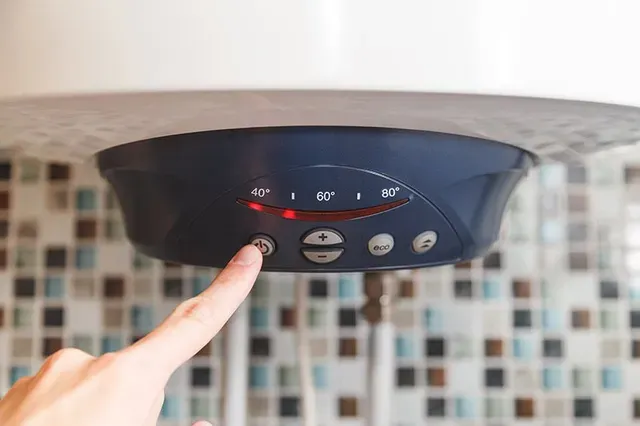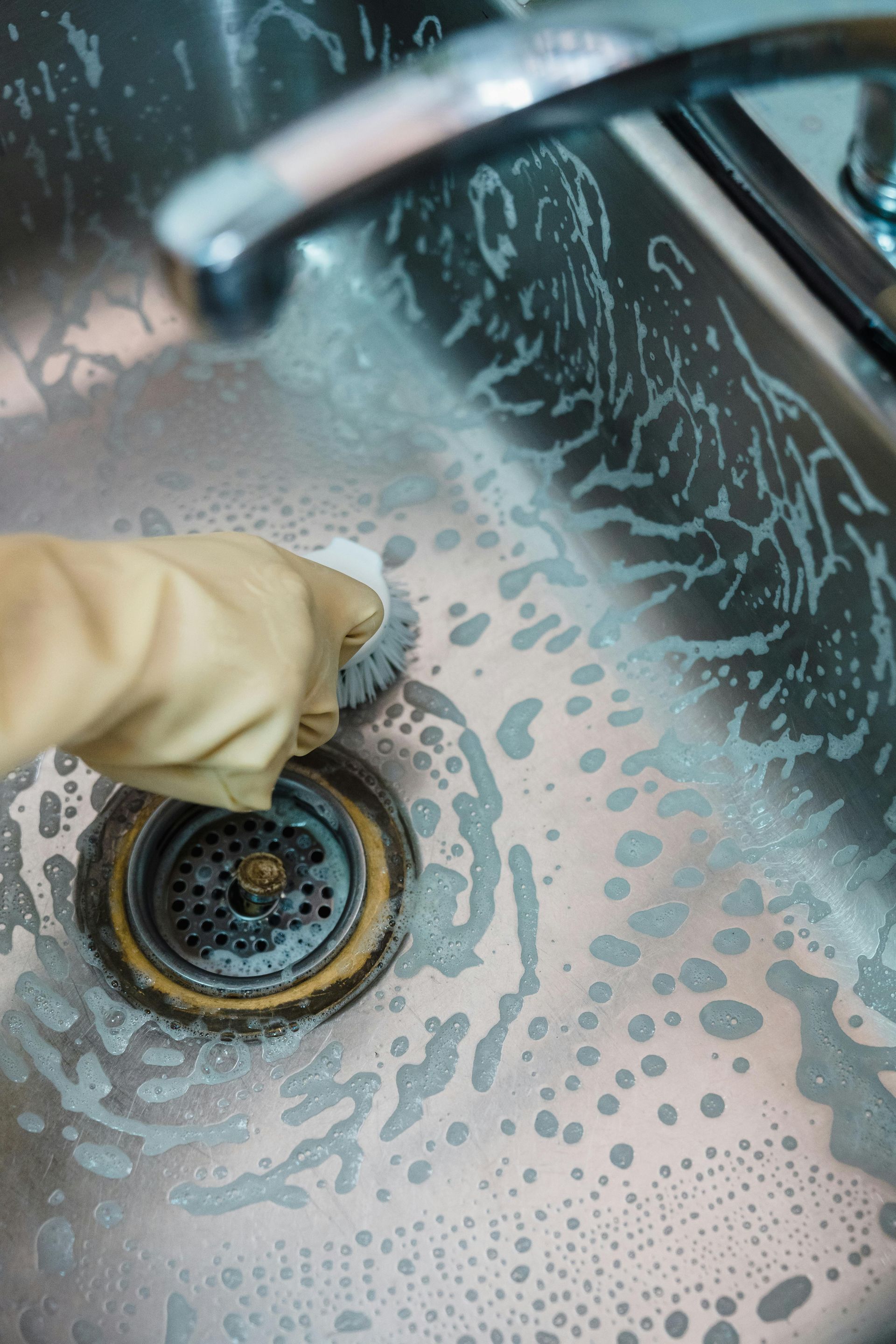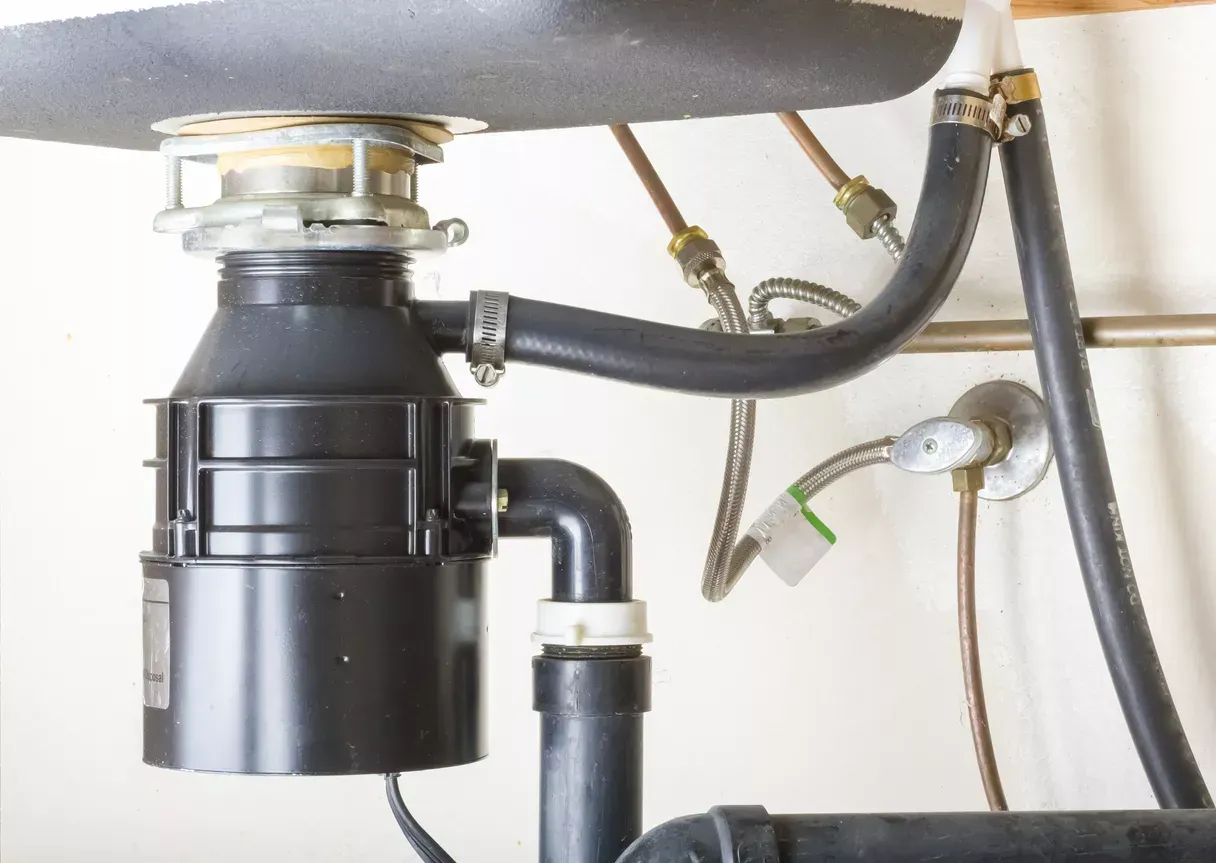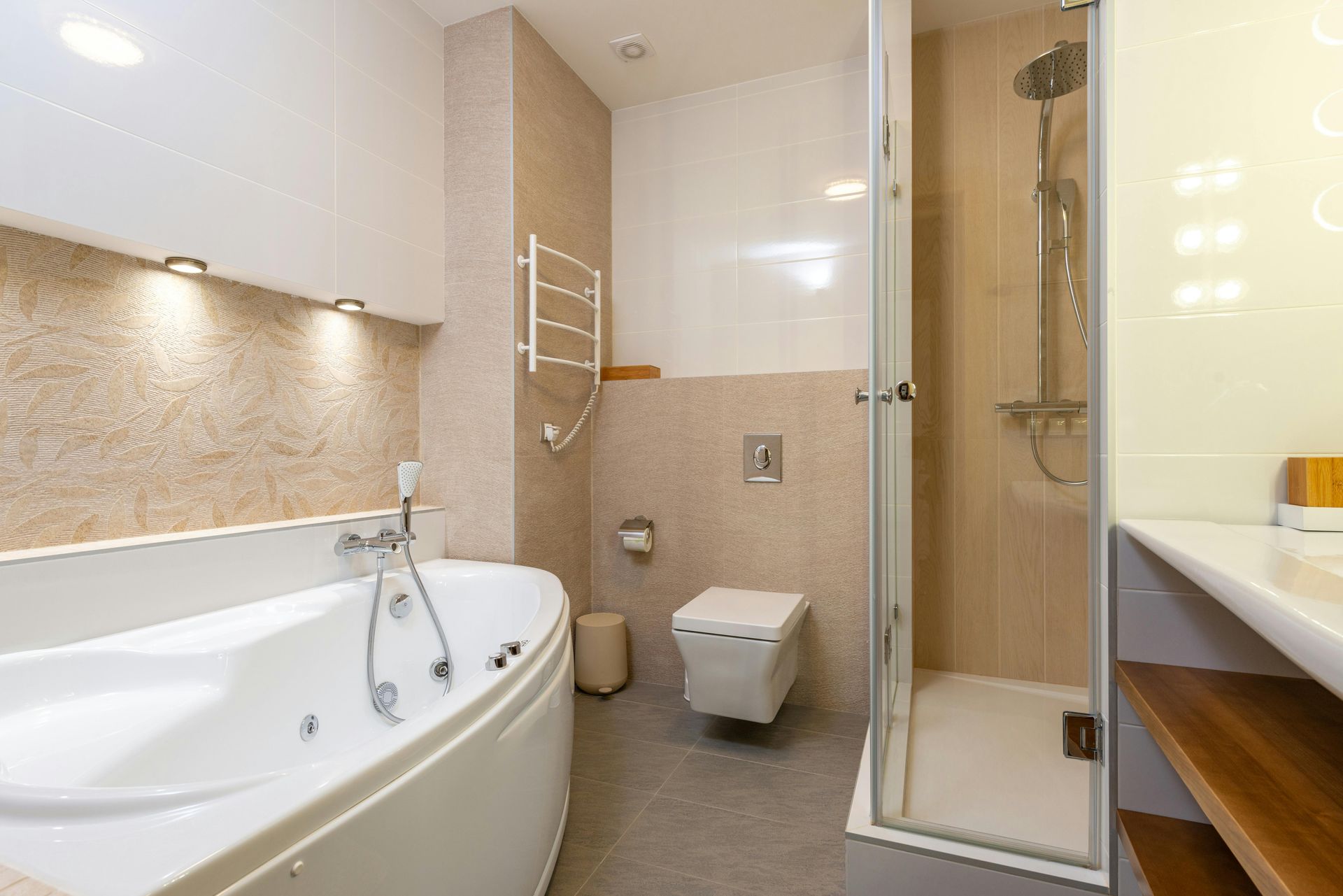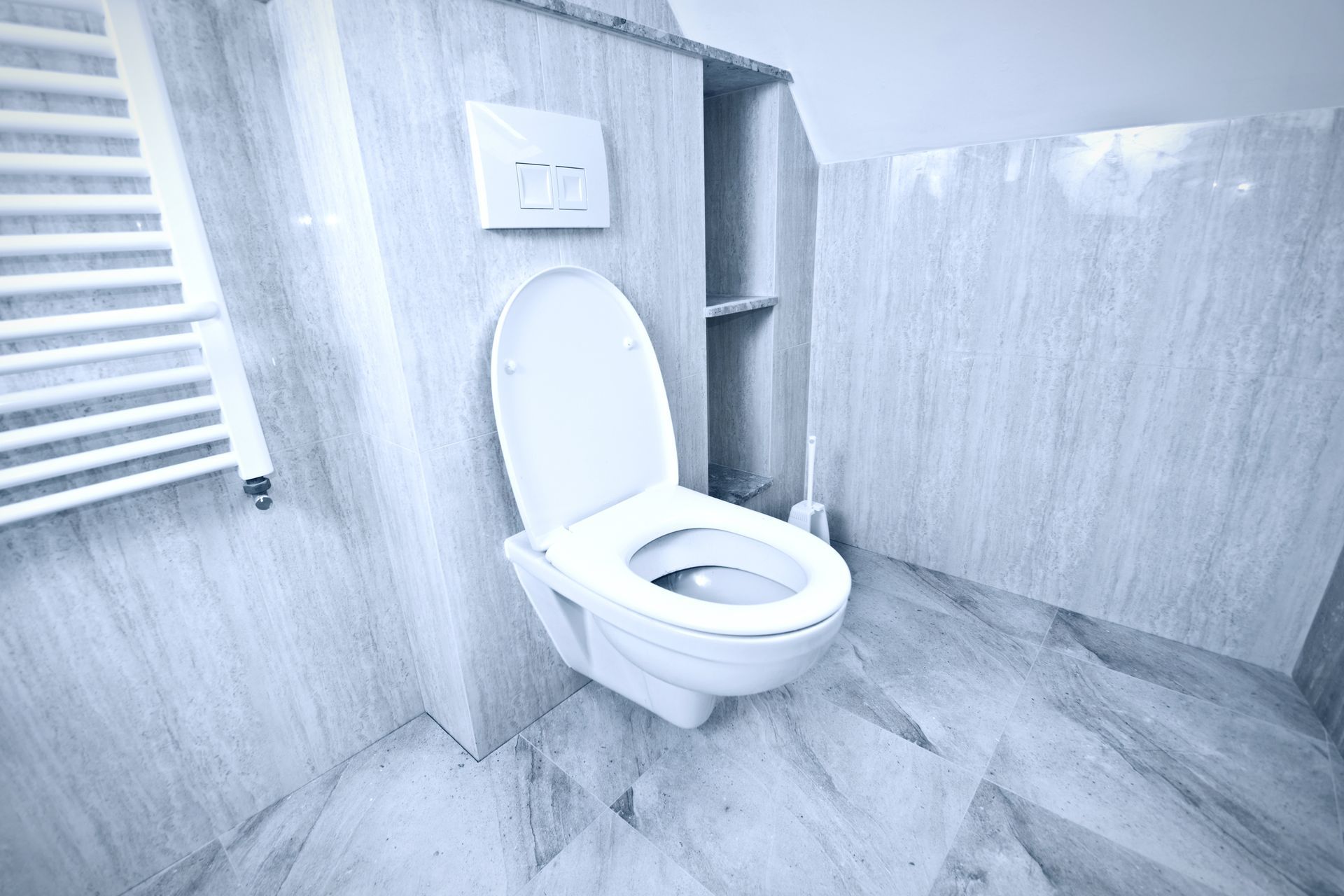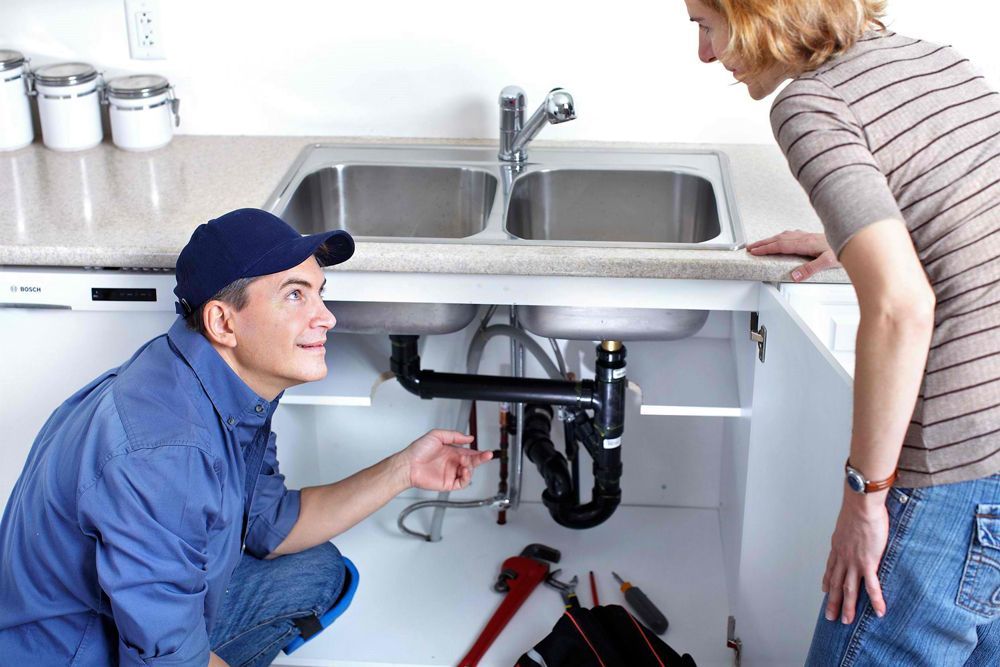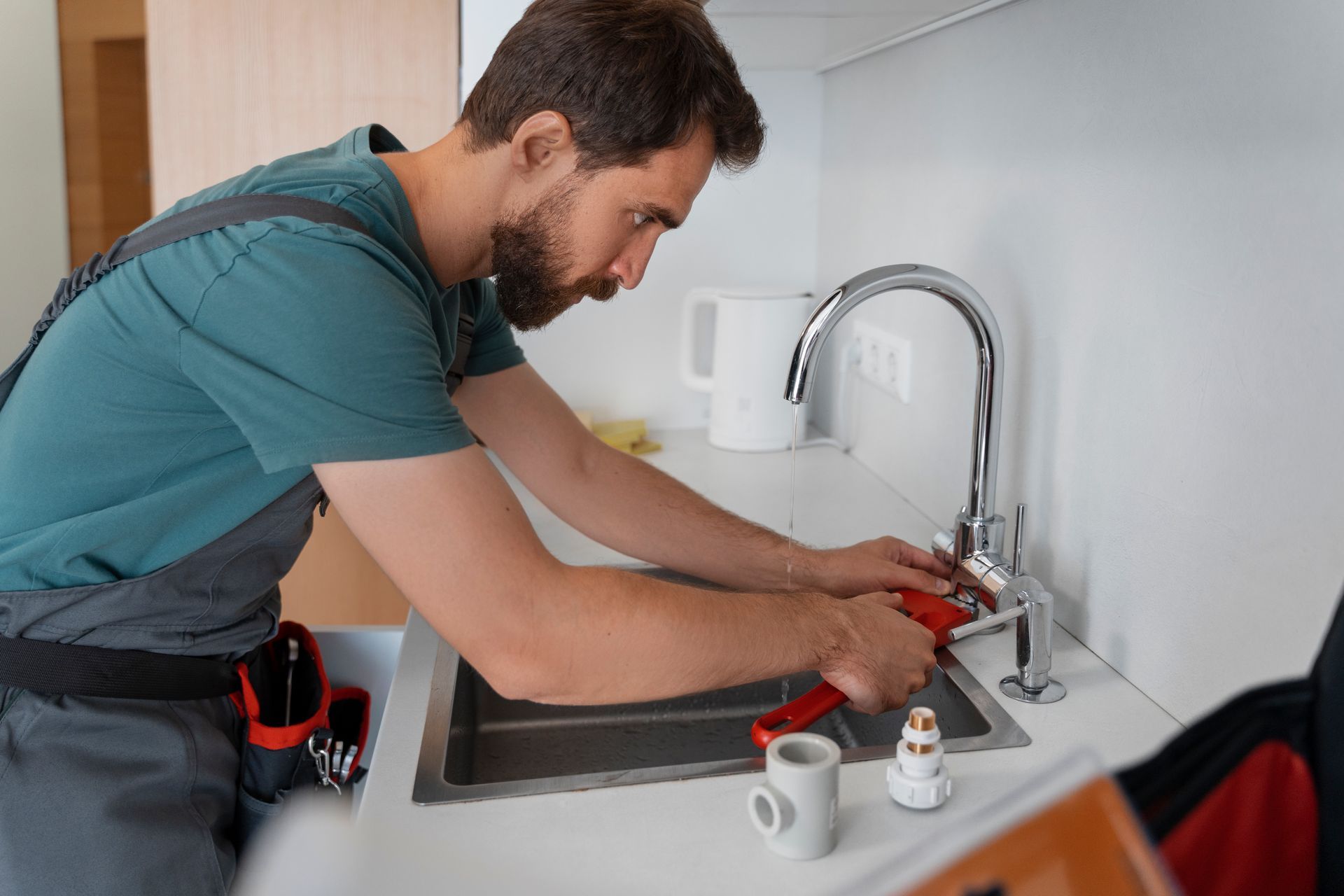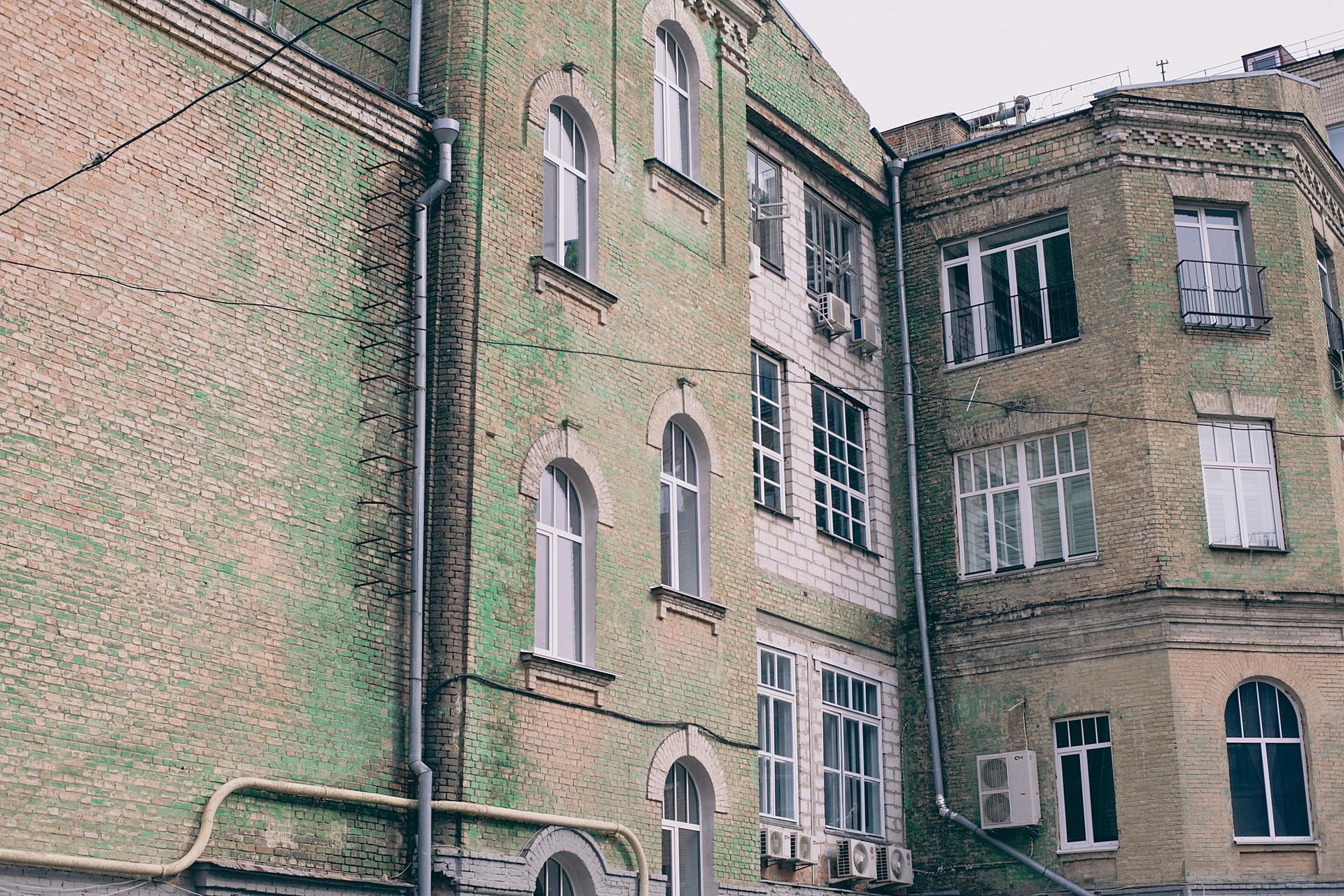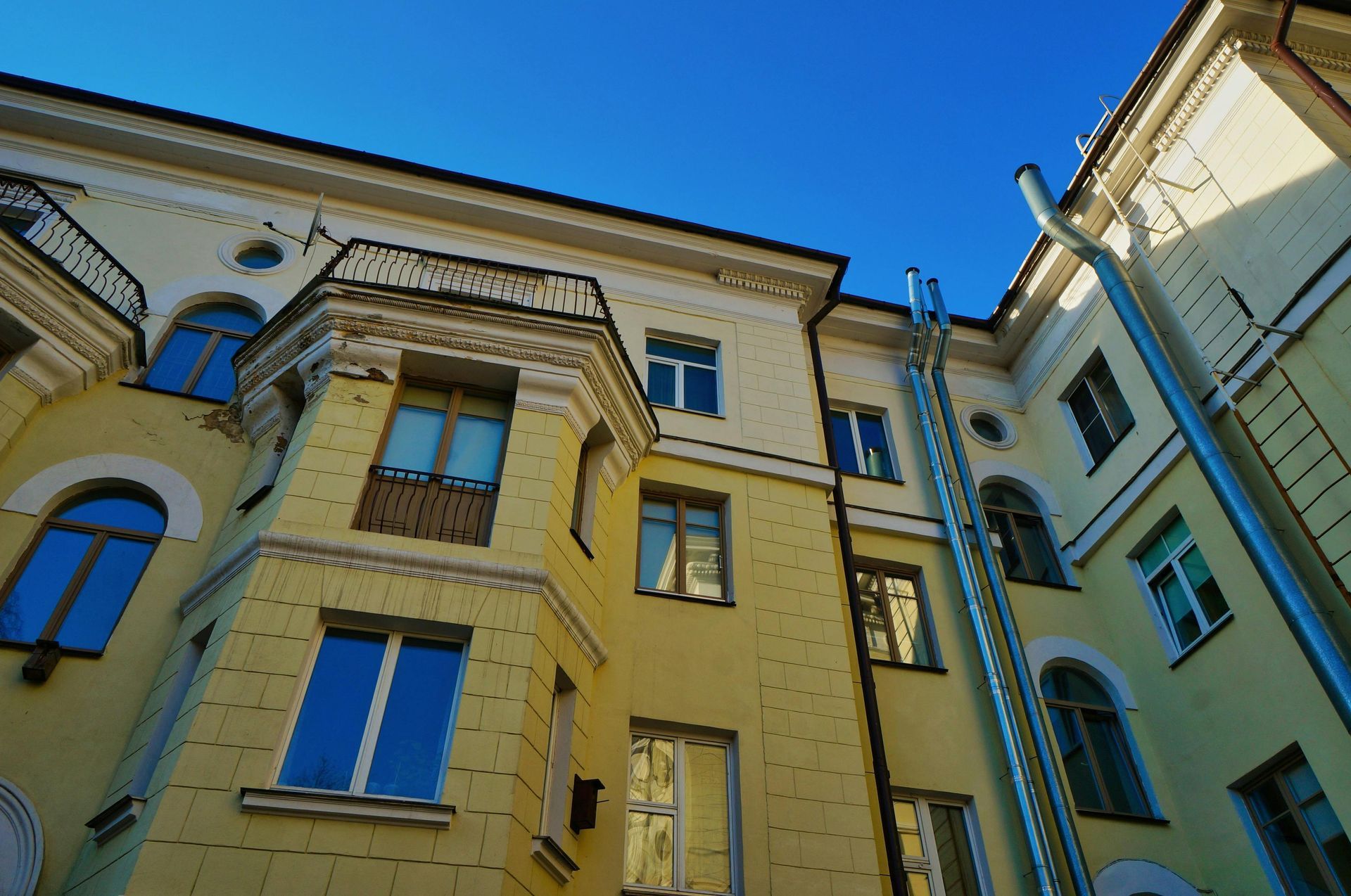How to Shut Off Your Home’s Main Water Supply in a Crisis?
In any plumbing emergency—whether it's a burst pipe, a leaking water heater, or an overflowing appliance—knowing how to quickly shut off your home's main water supply is essential to prevent extensive water damage and costly repairs. Acting swiftly can limit flooding and give you control over the situation while waiting for professional help. Trusted professionals like All City Plumbers provide 24/7 Emergency Services to take over and resolve plumbing crises, but the first line of defense often starts with you. This comprehensive article explains how to locate and shut off your home’s main water supply in an emergency, why this knowledge matters, and what to do next to protect your property. We'll also discuss related issues such as how emergency plumbing can identify and locate and repair a hidden leak in your wall, underscoring the importance of timely action.
Why Knowing How to Shut Off the Main Water Supply Is Critical
Water damage from leaking or burst pipes can escalate within minutes, soaking floors, walls, furniture, and possessions. The longer water flows unchecked, the more severe the damage and the higher the repair costs. Shutting off your home’s main water supply stops this flow, minimizes damage, and keeps your family safe.
This knowledge is not just for emergencies; you may also need to turn off your main water supply when performing home renovations, repairs, or replacing fixtures to avoid accidental flooding. Knowing the exact location and how to operate your main water shutoff valve gives you control in these critical moments.
Where to Find Your Main Water Shutoff Valve
The location of the main water shutoff valve can vary widely depending on your home’s construction, plumbing layout, and local building customs. Common locations include:
- Basement or Crawl Space: For homes with basements, the valve is usually near where the water line enters the house, often on an interior wall or the front foundation wall. In houses with crawl spaces, look under the home where the water pipe enters.
- Near the Water Meter: In many homes, the main valve is located close to the water meter, which may be inside a meter box outside your home near the street or sidewalk.
- Slab Homes: For houses built on a slab foundation, the valve is often found near the water heater or under sinks in the kitchen or utility area.
Shutoff valves are generally either gate valves (round knob turned clockwise to close) or ball valves (lever turned perpendicular to the pipe to close). Once located, it’s a good practice to label the valve and ensure it functions smoothly.
How to Shut Off Your Home’s Main Water Supply
- Stay Calm and Act Quickly: Rapid action helps prevent overwhelming water damage.
- Locate the Valve: Refer to your previous knowledge or search in the typical locations outlined above. In multiple-unit buildings, there may be a main valve controlling the entire building’s water supply.
- Operate the Valve Carefully: For a gate valve, turn the knob clockwise until it stops. For a ball valve, rotate the lever a quarter turn until perpendicular to the pipe. Avoid forcing valves that seem stuck; forcing may cause breakage.
- Verify Water Is Off: Turn on a faucet or flush a toilet to confirm water flow stops.
If you cannot locate or operate the main valve, contact your local water utility provider, who can shut off water at the street valve in emergencies.
After Shutting Off the Water: Next Steps
Once the water is off, call immediate Emergency Services to handle repairs. Skilled plumbers like All City Plumbers will diagnose the issue, whether it's a burst pipe, faucet leak, or malfunctioning water heater. They may also help locate and repair a hidden leak in your wall—an often overlooked source of water damage and mold growth.
In the meantime, begin drying affected areas, remove valuable belongings from water exposure, and document damage for insurance claims.
Preventive Tips and Maintenance
To avoid emergency situations:
- Familiarize yourself with the valve’s location and practice shutting it off periodically.
- Have the main valve inspected during annual plumbing maintenance to ensure it’s operational.
- Consider installing secondary shutoff valves for critical fixtures or appliances.
- Maintain your plumbing system to avoid leaks or slow-draining sinks, as understanding causes of slow-draining sinks and how to fix them can prevent blockages that strain your overall water system.
Conclusion
Knowing how to shut off your home’s main water supply in a crisis is an essential life skill for every homeowner. Swift action limits damage from leaks, bursts, or appliance failures, providing peace of mind while waiting for emergency plumbing professionals such as All City Plumbers. Alongside rapid shutdown, prioritizing preventive maintenance and timely leak repairs ensures your plumbing system remains safe, efficient, and resilient against unexpected failures.


